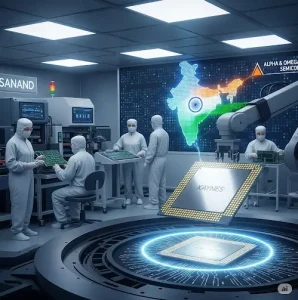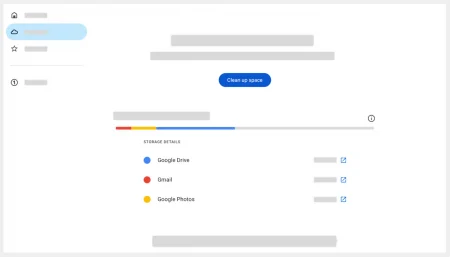Our in-house expert Adarsh takes you through all that you need to keep in mind before flying a drone anywhere in India.
Among the many plans India has for its development, one of them is to become a major global drone hub by 2030. To make this vision come to life and to regulate drone operations around the country, the Government of India’s Ministry of Civil Aviation (MoCA) published some new rules on 26th August 2021. Further amendments were made on the 15th of February 2022. These included drone rule amendments as well as certain changes to the Unmanned Aircraft System Rules published in 2021.
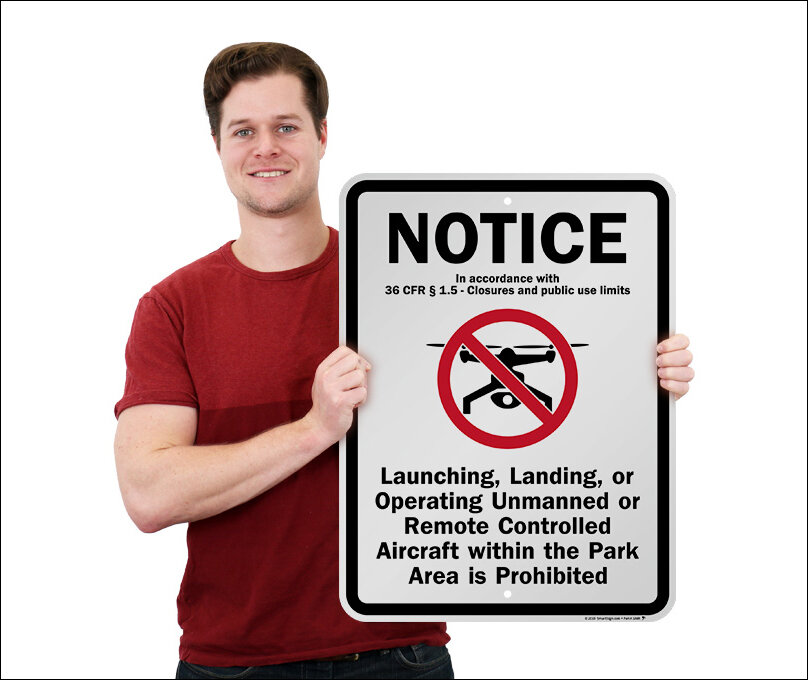
Indian Sectors that use Drones
Various sectors employ the use of drones in India. Mapping and surveying of topographies, security and surveillance, aerial photography and videography, navigation, infrastructure solutions for roads and highways that includes transportation management in high density urban zones, construction support, telecom services, LiDAR in mining, watershed management and monitoring emergency/ disaster situations are just of the areas that make use of drones in our country.
Another emerging use of drone technology is in the defence industry as this will have a strong impact in future armed conflicts and tactical military campaigns. Another area where drones can come in handy on the battlefield is information gathering and dive-bombing operations.
In the consumer sector, drone technology is being tested for the last-mile delivery of goods and services from businesses to customers in e-commerce, healthcare, retail, and logistics sectors.
Here’s what you can expect while flying a drone in India!
With agriculture being a major sector across India, the Finance Ministry stated the need to introduce the Drone-as-a-service model in the 2022 Budget. These drones – specially referred to as Kisan Drones – will have a major impact in India’s approach to agricultural needs and practices. This includes the usage of drones to digitise land records, precisely monitor and assess the health of the crops, and the spraying of insecticides, pesticides and nutrients. There are also ongoing attempts to set up training institutes and establish courses and programs to increase the number of skilled personnel in the industry to apply drone technology in agriculture.
Registration and Licensing
As per India’s Drone Laws, all drones have to be registered with the Directorate General of Civil Aviation (DGCA) and all drone operators must have a licence to fly them. Registrations can be done on the DGCA’s Digital Sky platform. Digital Sky has a single-window online platform for drone registrations and approvals relating to drone operations.
Operator Requirements
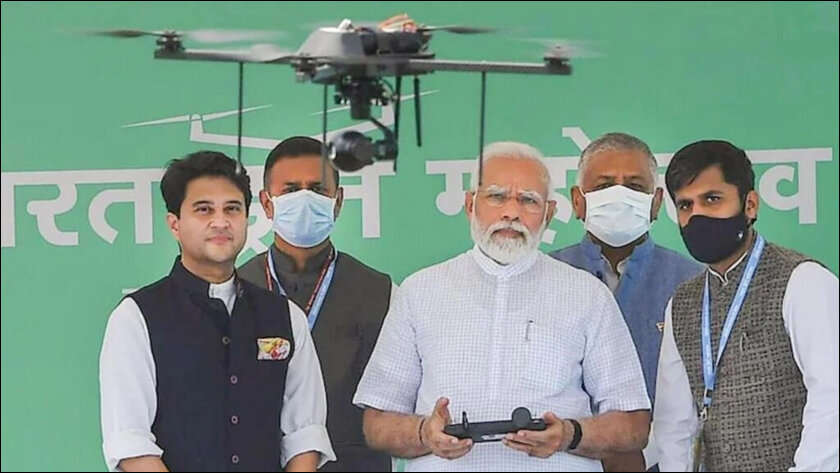
(Image Credit: DailyPosts)
Drone operators must be over 18 years of age. They should have passed their 10th standard exams, apart from having completed a mandatory training course from a DGCA-approved institution and passed the written exam.
Once the exam is passed, the operator will receive a remote pilot certificate from the DGCA via the Digital Sky Platform within 15 days. Once the certificate has been issued, it is valid for 10 years.
There are however certain exceptions under the new rules. A certificate is not needed for operating nano drones (that weigh less than 250 grams) and non-commercial micro drones that weigh less than 2 kgs). But even if permissions are not needed, operators are not allowed to fly nano or micro drones over 50 feet above ground level or above a speed of 25 metre/second.
Restrictions on Drone Use
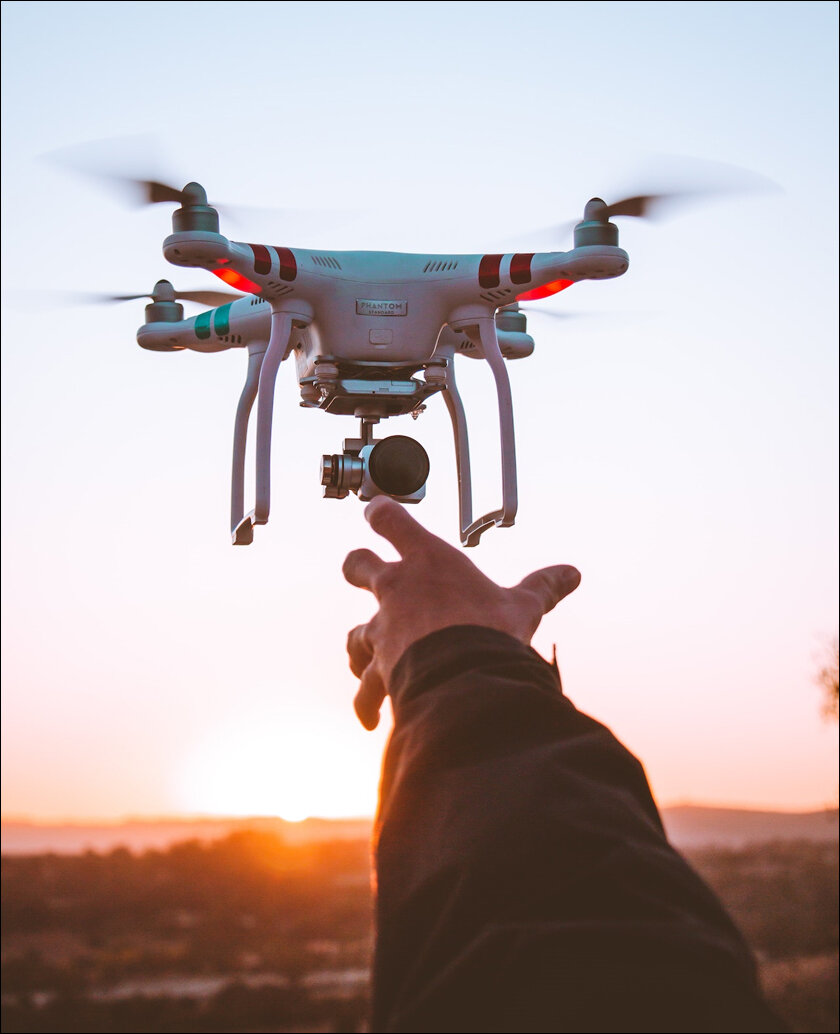
The DGCA has put some restrictions on where and when operators can fly drones. For instance, operators cannot fly near airports or in densely populated areas. MoCA has also deployed an interactive airspace map on the Digital Sky platform for the convenience of drone operators and other stakeholders. The map is colour-coded into Green, Yellow and Red zones.
Green Zones: No permission is required to fly drones in these areas.
Yellow Zones: These are controlled airspace and need special permission to enter.
Red Zones: Strictly no-fly zones. This includes areas such as military bases or nuclear power plants and other sensitive areas which are restricted due to the risk of accidents or national security purposes.
Availing permission is mandatory before every operation of a drone. Drone operators can apply for permission via the digital sky app which automatically grants or rejects the permission. The drones permitted for use in India require them to be incapable of take-off without permission.
All these restrictions must be complied with while flying a drone. Failure to do so could result in penalties, including a fine of up to ₹1,00,000.
Incredible view of India from a 4K drone
The Last Word
In February 2022, India banned the import of all drones and components that can be assembled to create drones. This has been done to encourage the domestic drone manufacturing industry and promote drone-related services in local markets.
Certain exceptions to the ban exist for defence, security, and research and development purposes. This ban is also to enable the creation of employment opportunities and also to avoid information leaks by misusing foreign-made drones within Indian territories.
Considering how seriously the Government of India and the MoCA is looking into the manufacture and operations of drones, we can safely assume that we are on the right course to become a global drone hub by 2030.
In case you missed:
- India rises to 2nd Place in Global Smartphone Sales, 3rd in Market Value
- 15 Billion Transactions a Month! How UPI is transforming India’s Digital Economy
- India’s AI Ambitions in the Spotlight amidst DeepSeek’s Disruption
- Reddit launches AI-Powered ‘Answers’ Feature in India
- Param Rudra: Modi launches India’s Homegrown Supercomputing Powerhouse
- How AI is Revolutionizing Combat for Indian Defence Forces
- Why is Indian Education Sector facing Record Number of Cyberattacks?
- Target, NVIDIA Best Tech Workplaces in India, Amazon, InMobi among Worst
- Presenting Wiz: Google’s $32 Billion Push on Cybersecurity
- India announces First Venus Mission set for 2028
